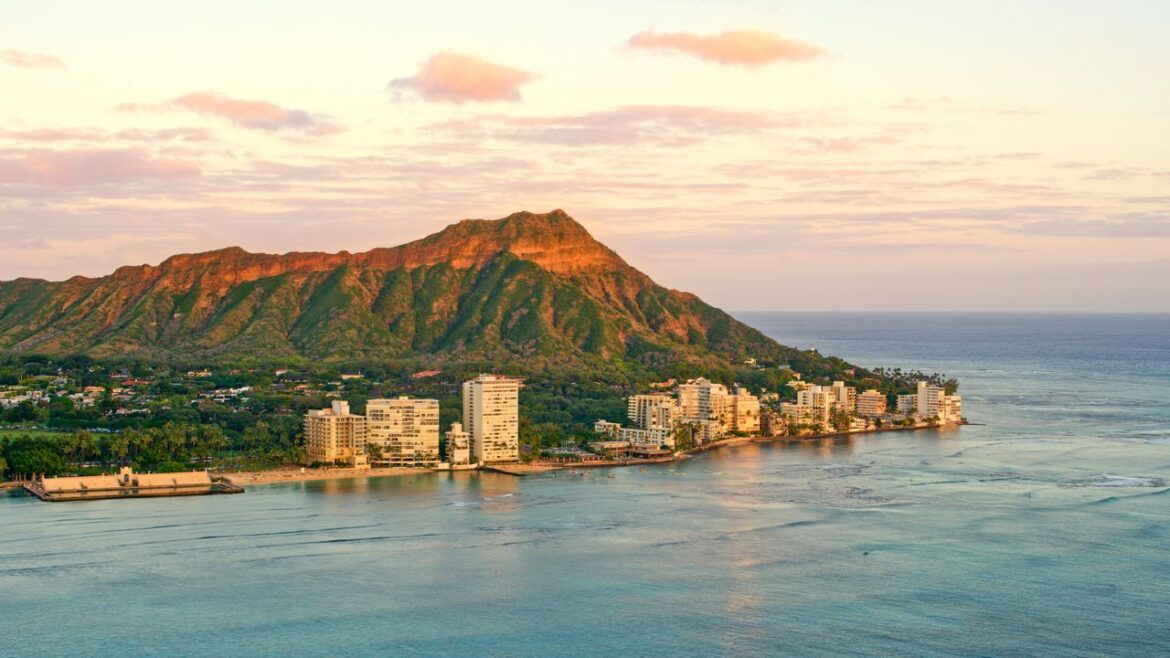An 8.8-magnitude earthquake struck eastern Russia’s Kamchatka peninsula on Wednesday, July 30, sending shockwaves throughout the Pacific Ocean. The massive quake has triggered tsunami warnings in Hawaii, Alaska, Japan, and beyond.
Officials in Hawaii and Japan have downgraded their tsunami warnings and lifted evacuation orders, while parts of California remain under the highest alert level. If you have trips planned to any of the impacted destinations, here’s the latest travel guidance and what to expect.
Jump to…
AccordionItemContainerButton
California
A 40-mile portion of northern California’s coast near the state’s border with Oregon was placed under a tsunami warning Wednesday morning. A tsunami warning is the highest alert level from the National Weather service and means “dangerous coastal flooding and powerful currents” are possible.
A larger stretch of the West Coast, including the coastline of California, Oregon, Washington, and large swaths of Alaska, has also been placed on a less-imminent tsunami advisory. The advisory is the second-highest alert level and means that “strong currents and waves dangerous to those in/very near water” are possible.
Travelers and residents in areas under advisories should “stay out of the water and away from beaches and waterways,” according to the National Weather Service. “We are continuing to see fluctuations greater than a foot along our coast. Therefore, the Tsunami Advisory remains in effect until further notice,” the National Weather Service for the Bay Area said in a statement on X, posted Wednesday at 8:30 a.m. local time.
Flights continue to operate on schedule at San Francisco International Airport and Los Angeles International Airport.
Hawaii
On Tuesday evening, Hawaii had been expecting a so-called wave of significance to hit its islands and issued tsunami warnings and evacuation orders for coastal inundation zones. Fortunately, the impact on the islands was milder than expected, and the warning was downgraded to a tsunami advisory just before 11 p.m. local time on Tuesday evening. “This means that dangerous tsunami waves are no longer expected to impact the state,” said an alert from the Oahu Department of Emergency Management. “However, dangerous conditions are still possible in near-shore waters within the Hawaiian Islands. Use extreme caution when near or on the water.”
Evacuation orders for all of Hawaii County were also canceled, with residents and visitors able to return home. Officials said that widespread flooding was not expected across the islands. Similar tsunami alerts were also canceled in parts of Alaska and Southern California.
Alaska Airlines and Hawaiian Airlines both restarted flights to Hawaii on Wednesday morning. The two carriers had paused operations across the islands on Tuesday afternoon.
Pacific islands
Tsunami alerts were also in place across many Pacific islands on Wednesday. Waves began hitting the Marquesas Islands in French Polynesia on Wednesday afternoon local time, according to CNN. The waves there were expected to be up to 2.5 meters (about eight feet) high.
Tourist areas in Ecuador’s Galapagos Islands were closed on Wednesday, as the Ecuadorian Oceanographic Institute of the Naval Forces predicted waves up to 1.5 meters (about five feet) tall could hit coastal areas. Beaches and other public areas, including protected areas that require maritime access, were closed on Wednesday, according to CNN.
Japan
On Wednesday, officials downgraded tsunami warnings to advisories across most of Japan, where 2 million people were evacuated from coastal areas, CNN reported.


AloJapan.com